Strength Training Manual: Planning – Part 6
1. Introduction
2. Agile Periodization and Philosophy of Training
3. Exercises – Part 1 | Part 2
4. Prescription – Part 1 | Part 2 | Part 3
5. Planning – Part 1 | Part 2 | Part 3 | Part 4 | Part 5 | Part 6
I am very happy to announce that I am finishing the Strength Training Manual. I decided to publish chapters here on Complementary Training as blog posts for two reasons. First, I want to give members early access to the material. And second, this way I can gain feedback and correct it if needed before publishing it.
I look forward to hearing your thoughts.
Enjoy reading!
Horizontal and Vertical planning cycles (Sprints and Phases)
If you remember from the introduction of this chapter, the prescription unit consists of an exercise and set and rep scheme (Figure 5.26). To introduce the new concepts, let’s imagine a scenario where one can train 3 times per week, on Monday, Wednesday, and Friday (Table 5.57).

Table 5.57. Training time availability
Let’s imagine that the exercise we want to perform on each training day is back squat. Let’s call that exercise A. Assuming we plan to do a medium – easy – hard approach, we might opt for the following set and rep schemes: 5×5 @75% (medium), 3×5 @65% (easy), 1×5 @85 (hard). Let’s call these set and rep schemes 1, 2, and 3. Table 5.58 contains the aforementioned program (top table), as well as the simplified nomenclature that will be used from now on.
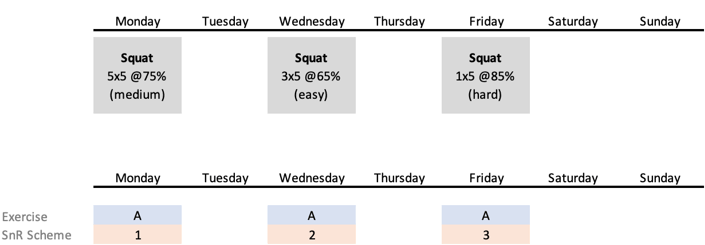
Table 5.58. Example training program, and nomenclature
Each of these set and rep schemes have their vertical planning progression. For the sake of example, let’s assume the following:
3×5 @65% (easy): 3×5 @65% – 3×5 @65% – 3×5 @65% – 3×5 @65%
1×5 @85 (hard): 1×5 @80% – 1×5 @82.5% – 1×5 @85% – 1×5 @87.5%
Every time there is the same exercise and same set and rep scheme repeating (in our example, this happens every Monday, Wednesday, and Friday), there will be the next progression step (Table 5.58). This progression step has a nomenclature “#-#,” e.g., set and rep scheme 1 progression step #2 has a nomenclature of “1-2” (Table 5.59).
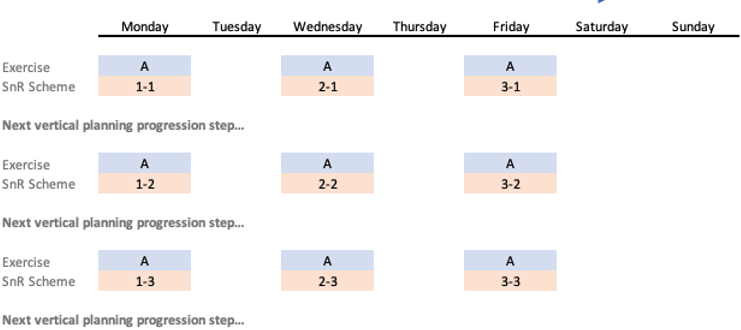
Table 5.59. Vertical and horizontal planning applied to a simple program
These horizontal and vertical planning cycles can last longer or shorter than a week. For example, let’s assume that this individual can train every other day (Table 5.60).
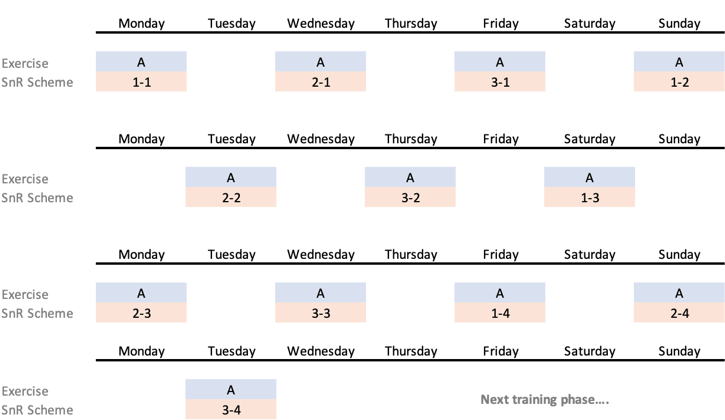
Table 5.60. Horizontal and vertical planning cycles don’t always correspond to a calendar week. In this example, the individual can train every other day. For that reason, it is better to think about horizontal and vertical cycles rather than calendar weeks
For this reason, rather than using calendar weeks, although this is in most cases appropriate, it is better to use vertical and horizontal planning cycles. If you remember from Chapter 2 (Figure 2.3), these iterative cycles are called sprint (which is within one vertical planning progression step) and phase (which spans all vertical planning progression steps). Applied to the aforementioned strength program, that looks the following (Figure 5.41)
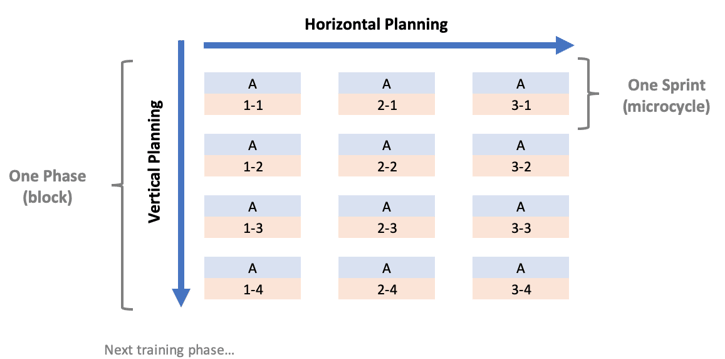
Figure 5.41. Horizontal planning cycle is called sprint and vertical planning cycle is called phase
Divisible and Indivisible Combinatorics
Rather than using squats in the aforementioned training program, one chooses to use (A) box squats, (B) front squats, and (c) back squats instead, but continues to use medium – easy – hard schemes. We get the following training phase (Figure 5.42).
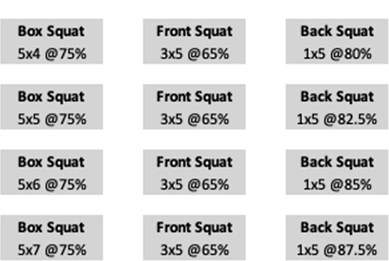
Figure 5.42. Program consisting of three exercises and three set and rep schemes
Using the introduced nomenclature, this program looks like this (Figure 5.43).
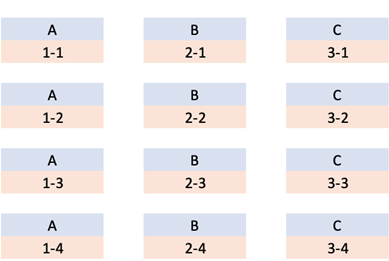
Figure 5.43. Program consisting of three exercises and three set and rep schemes using nomenclature for exercises and set and rep schemes
Let’s imagine we have three exercises, but only one set and rep scheme, e.g. the 5×5 @75 (Figure 5.44).
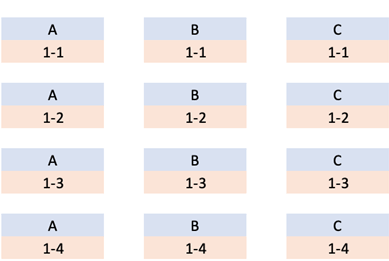
Figure 5.44. Program consisting of three exercises and one set and rep scheme
As already explained, the next step in vertical planning progression happens when the same exercise meets the same set and rep scheme. For that reason, all the aforementioned programs (one exercise – three-set and rep schemes, three exercises – three-set and rep schemes, three exercises – one set and rep scheme) result in a horizontal planning cycle (sprint) lasting 3 workouts.
Now imagine we have two exercises (A and B), but four-set and rep schemes (1, 2, 3, and 4) (Figure 5.45).
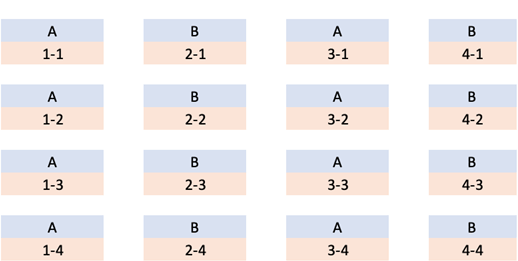
Figure 5.45. Program consisting of two exercises and four set and rep schemes
In this case (Figure 5.45) the sprint lasts 4 workouts. I call all the aforementioned programs divisible since number of exercises is divisible with number of set and rep schemes or vice versa. The length of the sprint (horizontal planning cycle) in divisible programs is equal to the highest number of exercises or set and rep schemes. This is very simple combinatorics.
Now imagine we have two exercises (A and B), but three-set and rep schemes (1, 2, 3) (Figure 5.46).
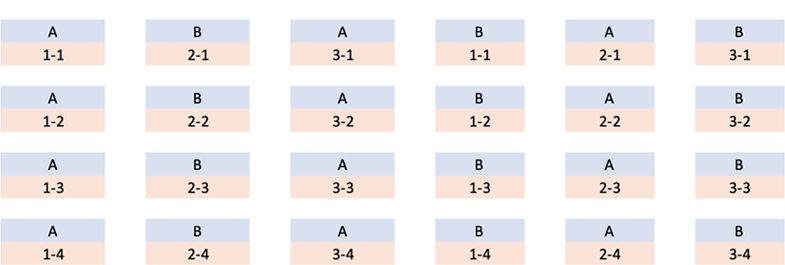
Figure 5.46. Program consisting of two exercises and three set and rep schemes
Since the next step in vertical planning progression happens when the same exercise meets the same set and rep scheme, now the number of workouts in the sprint is equal to six. I call these programs indivisible, since number of exercises is not divisible with number of set and rep schemes or vice versa. The length of the sprint (horizontal planning cycle) in indivisible programs is equal to the product of the number of exercises and the number of set and rep schemes (e.g., 2 x 3 = 6 in the above example).
This is what happens when we have three exercises (A, B, C) and four set and rep schemes (1, 2, 3, and 4) (Figure 5.47).

Figure 5.47. Program consisting of three exercises and four set and rep schemes
In this case (Figure 5.47) each sprint has 12 workouts! In simple words, indivisible programs increase the duration of the sprint or the number of workouts within a single vertical planning progression step.
Why is this useful? Besides increasing variation (horizontal planning is longer), which can be useful for a certain type of client or athletes seeking novelty all the time (while making sure long-term progressive overload happens), it also delays increments (vertical planning progressions). This can be useful in “pull the floor” type of programs where we want to “slowly cook” the athletes and avoid rushing with increments in 1RM. On the flip side, the indivisible approach increases the duration of the phase and time it takes to update the program. This means we are stuck with a potentially sub-par program for longer. As with any other method, there is a tug of war between certain benefits and drawbacks. It is up to us to decide how to use this approach, with whom and when. I am only expanding your toolbox here.
Applying horizontal and vertical planning to a training slot
Horizontal and vertical planning can be applied to a single exercise, as was the case in the aforementioned example. It can be applied to a whole workout, or it can be applied to a training slot. Let’s play with these concepts.
Let’s assume that the training program consists of the following total body template:
A1. Upper Body Exercise
B1. Lower Body Exercise
This workout can be repeated on Monday (A-1) and Thursday (A-2). These two workouts A-1 and A-2 can be identical (have the same exercises, or can have different exercises; it doesn’t matter for this example). Two set and rep schemes (1 and 2) are applied to the whole workout (Table 5.61).
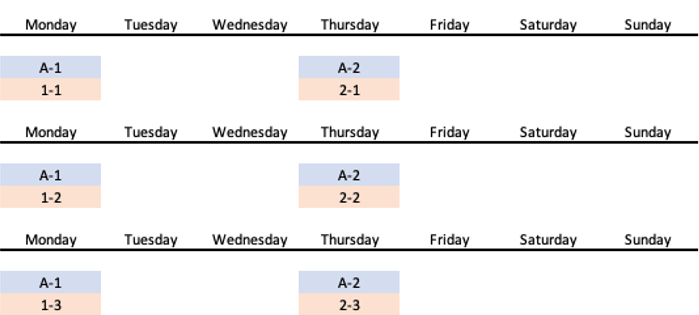
Table 5.61. Set and rep schemes applied to all exercises in a workout
But what if I do not want the same set and rep schemes applied to upper and lower body movements? What if I want more hypertrophy stimuli for the upper body, compared to lower body? For example:











Responses